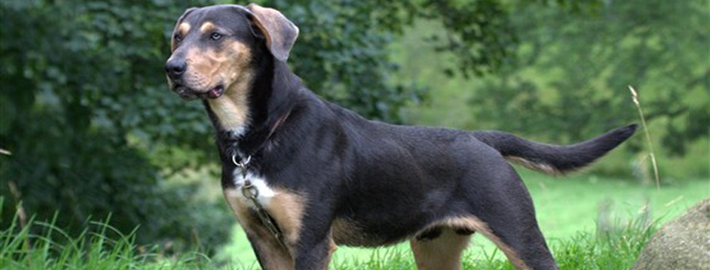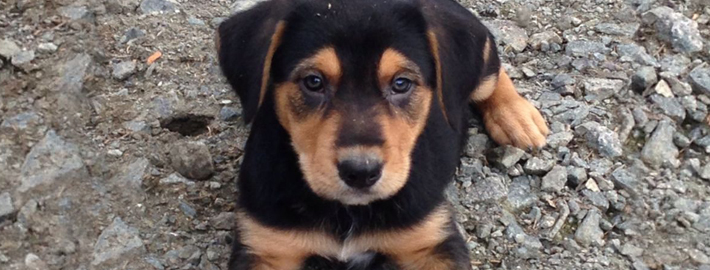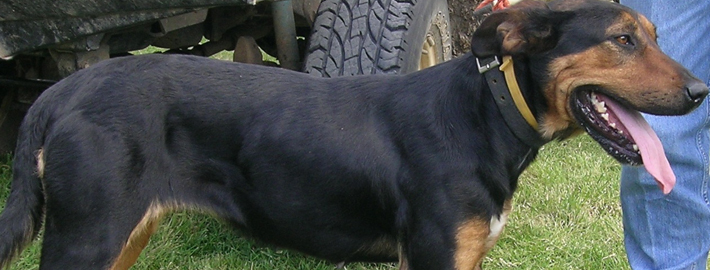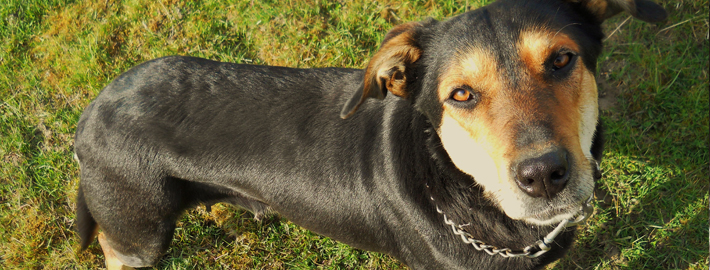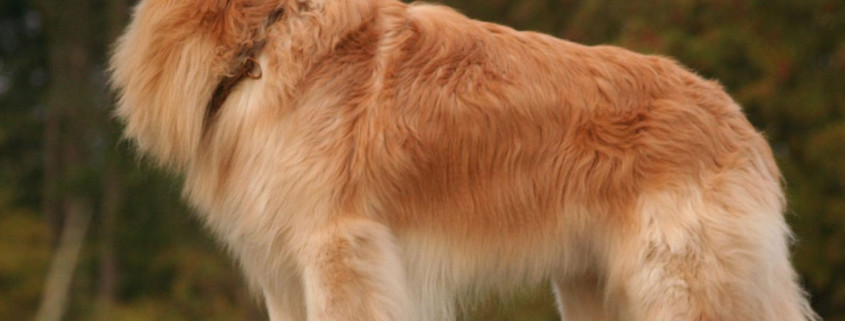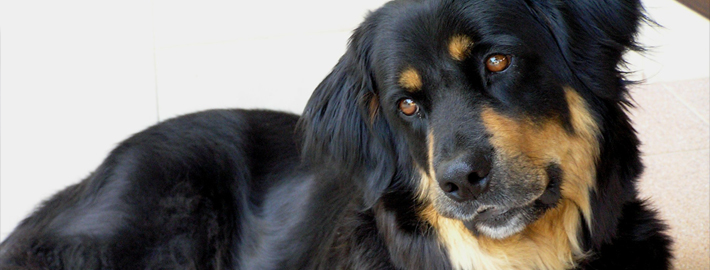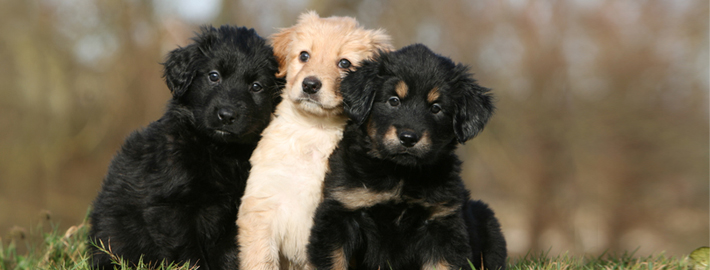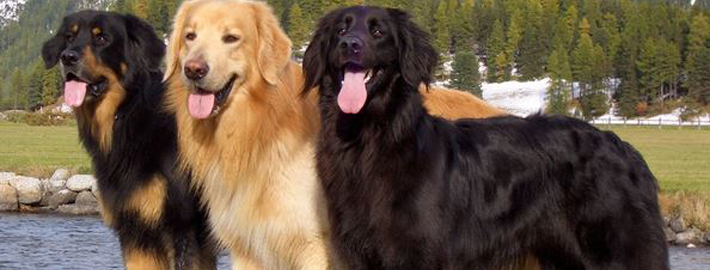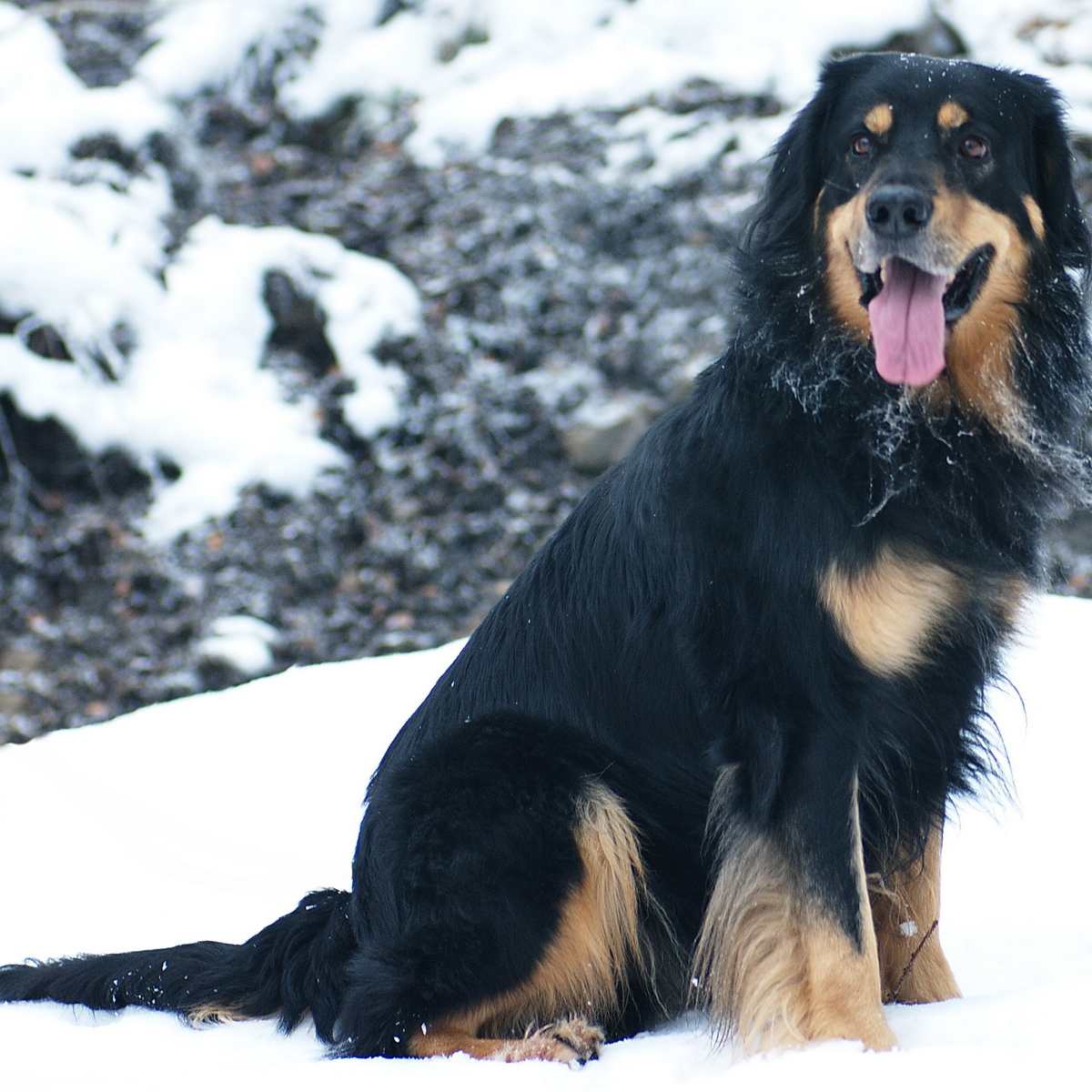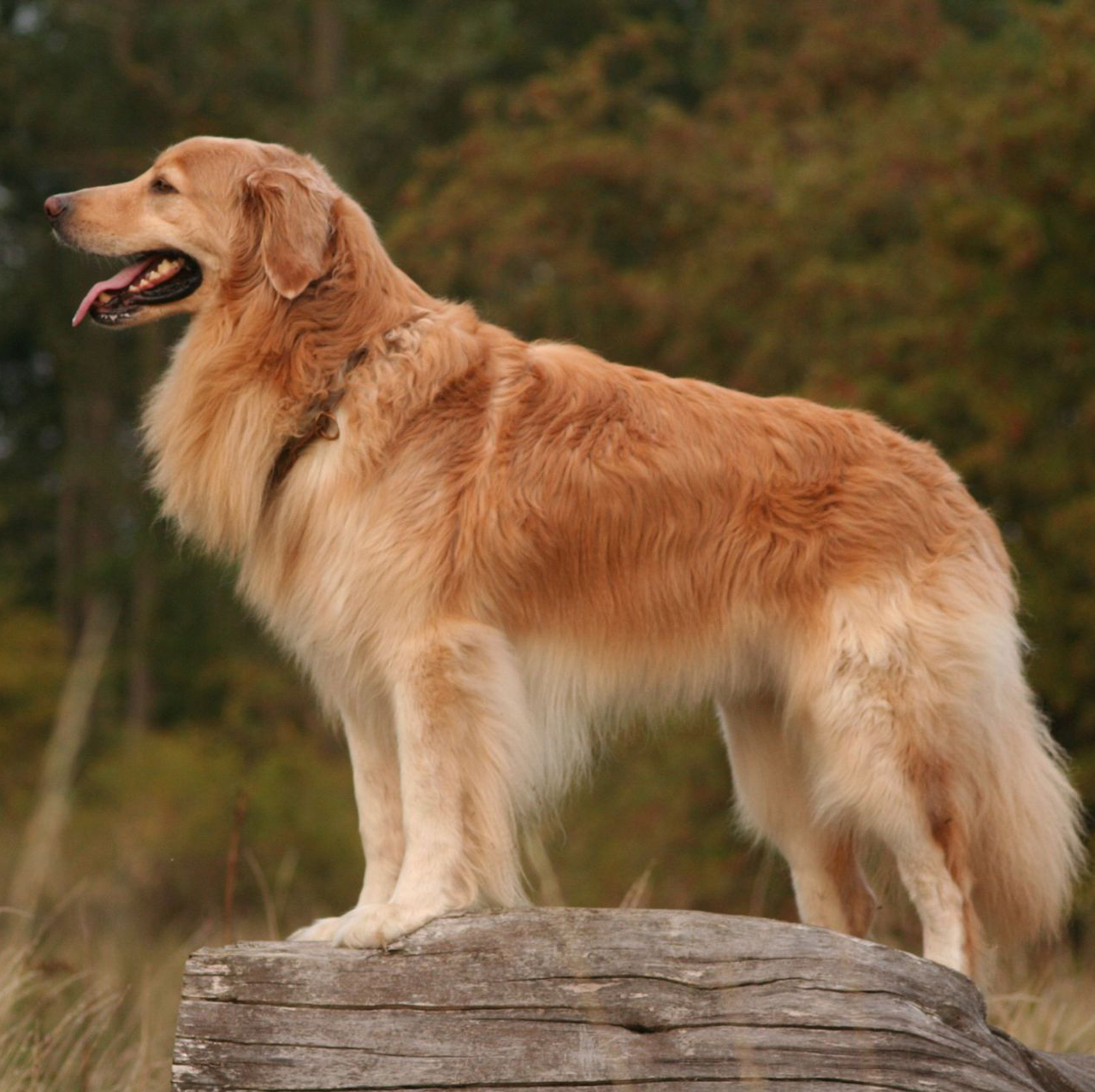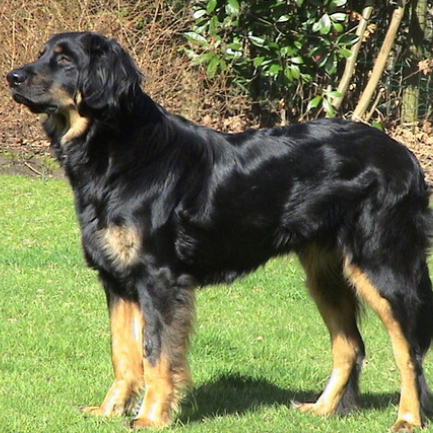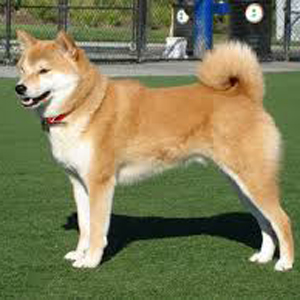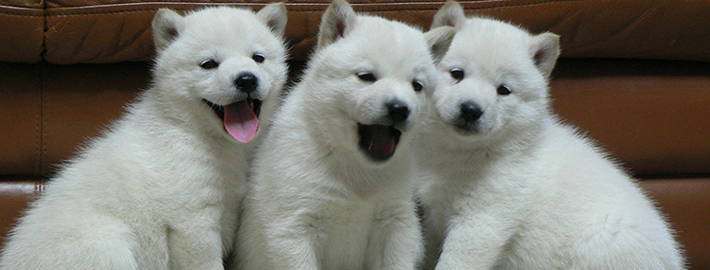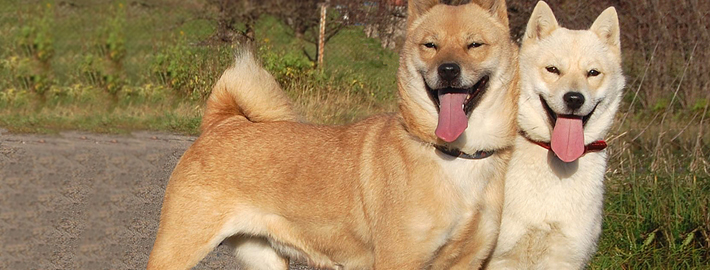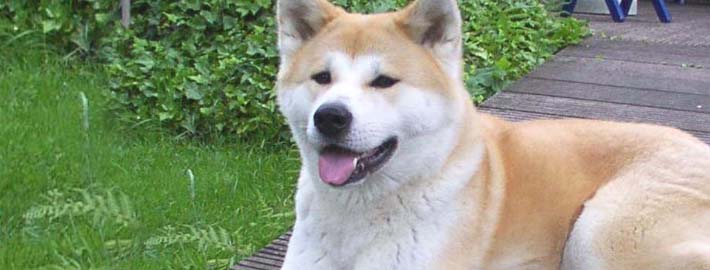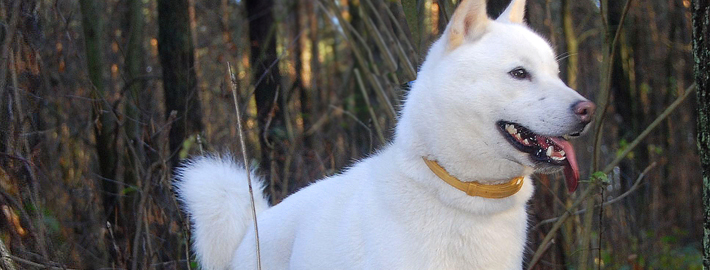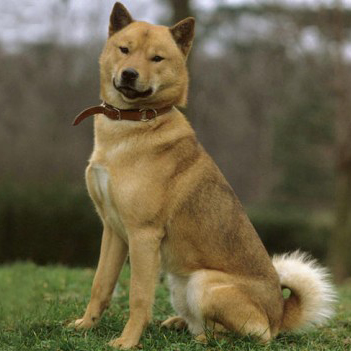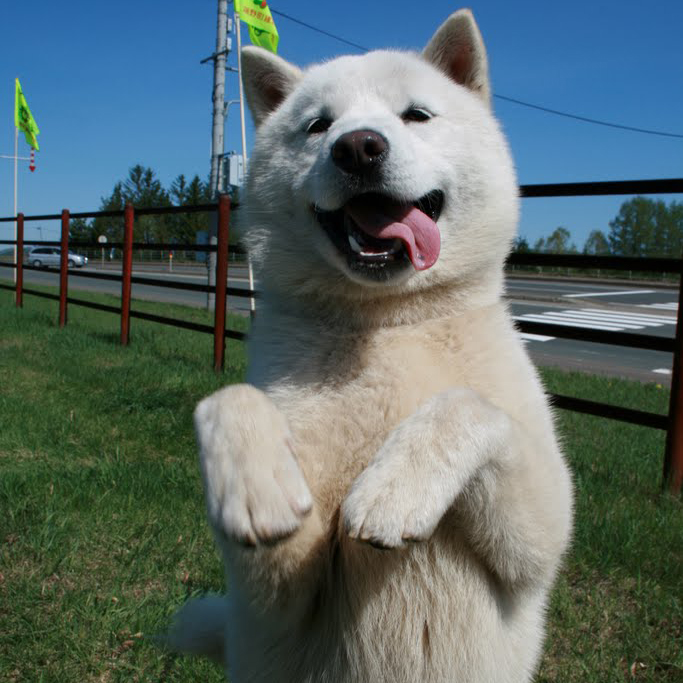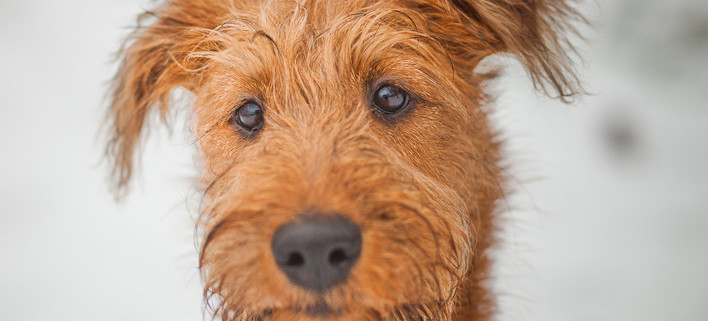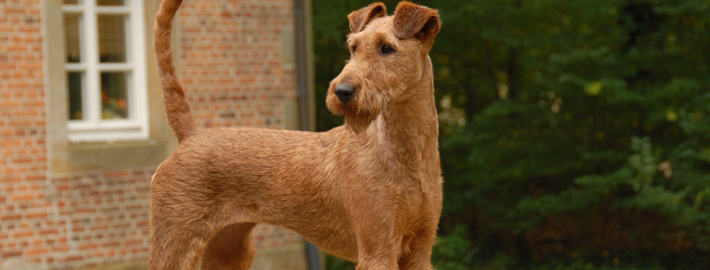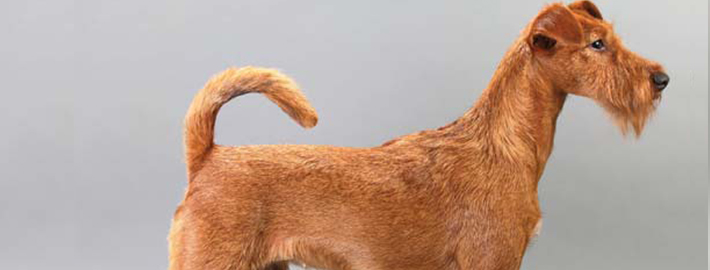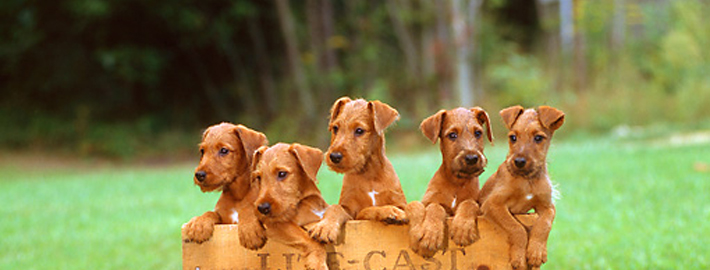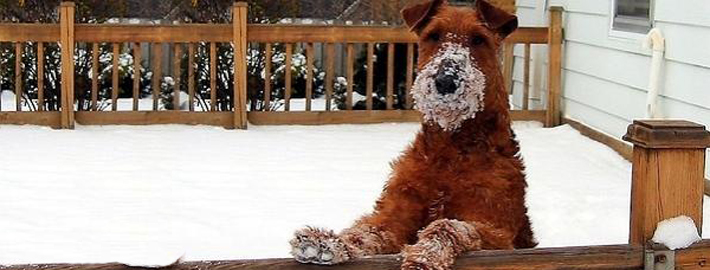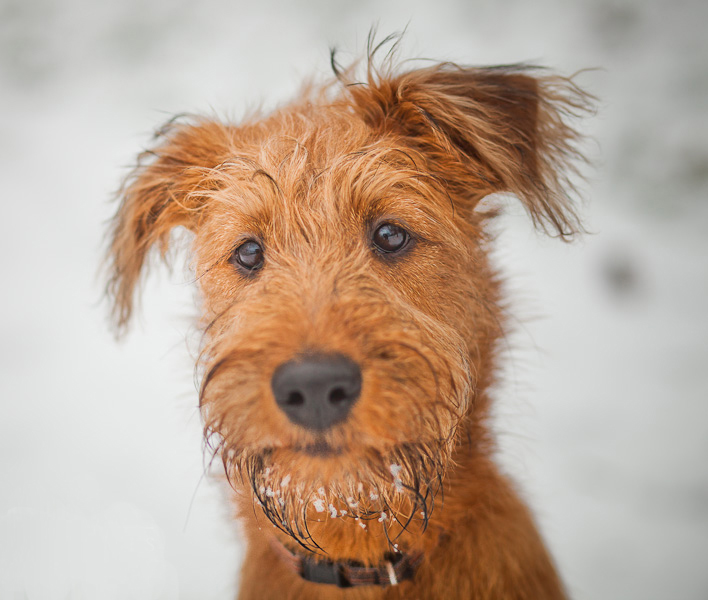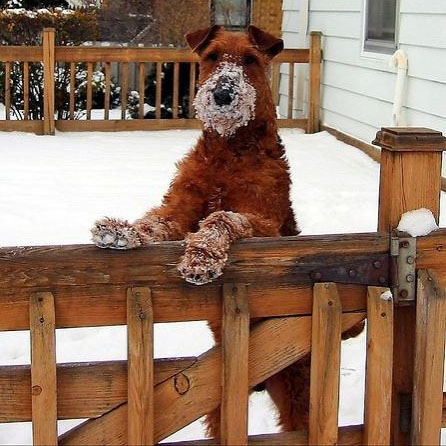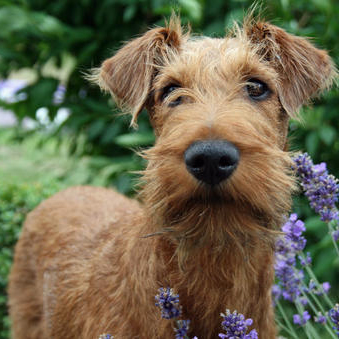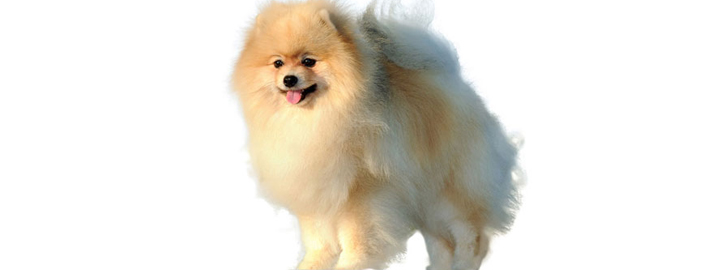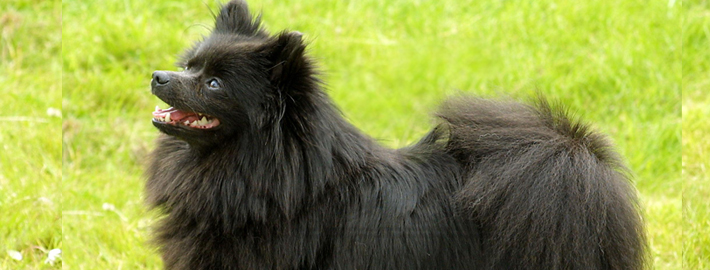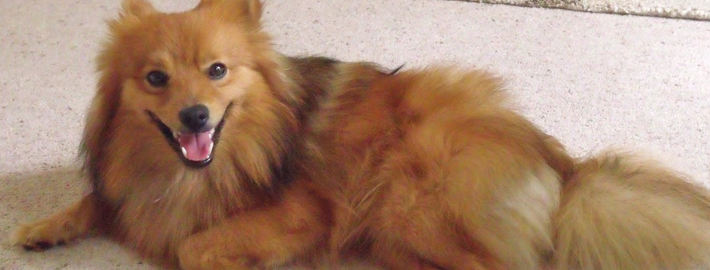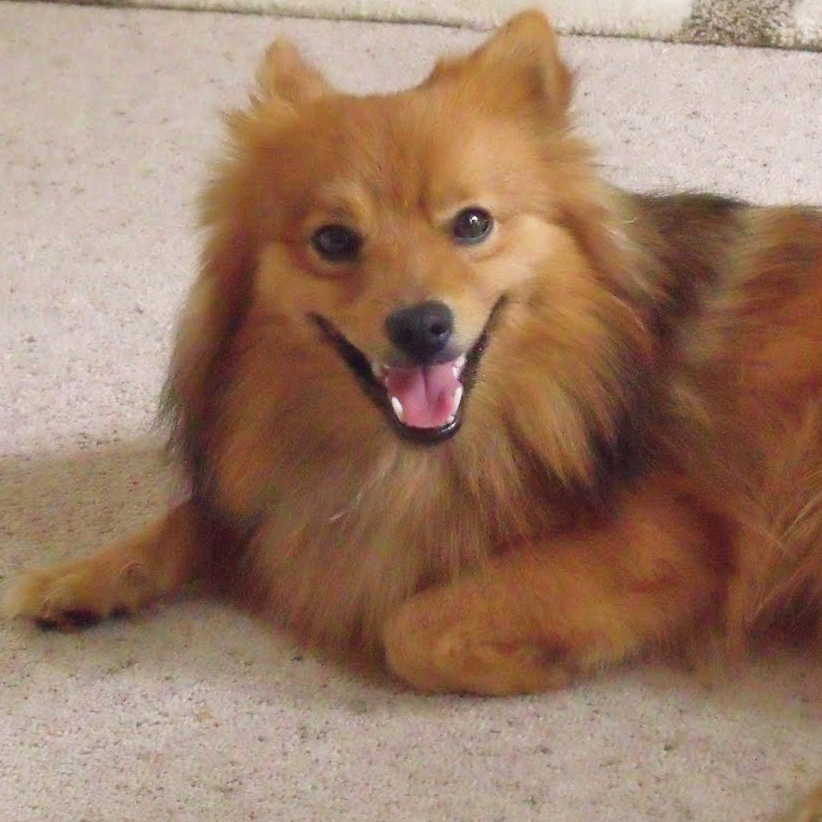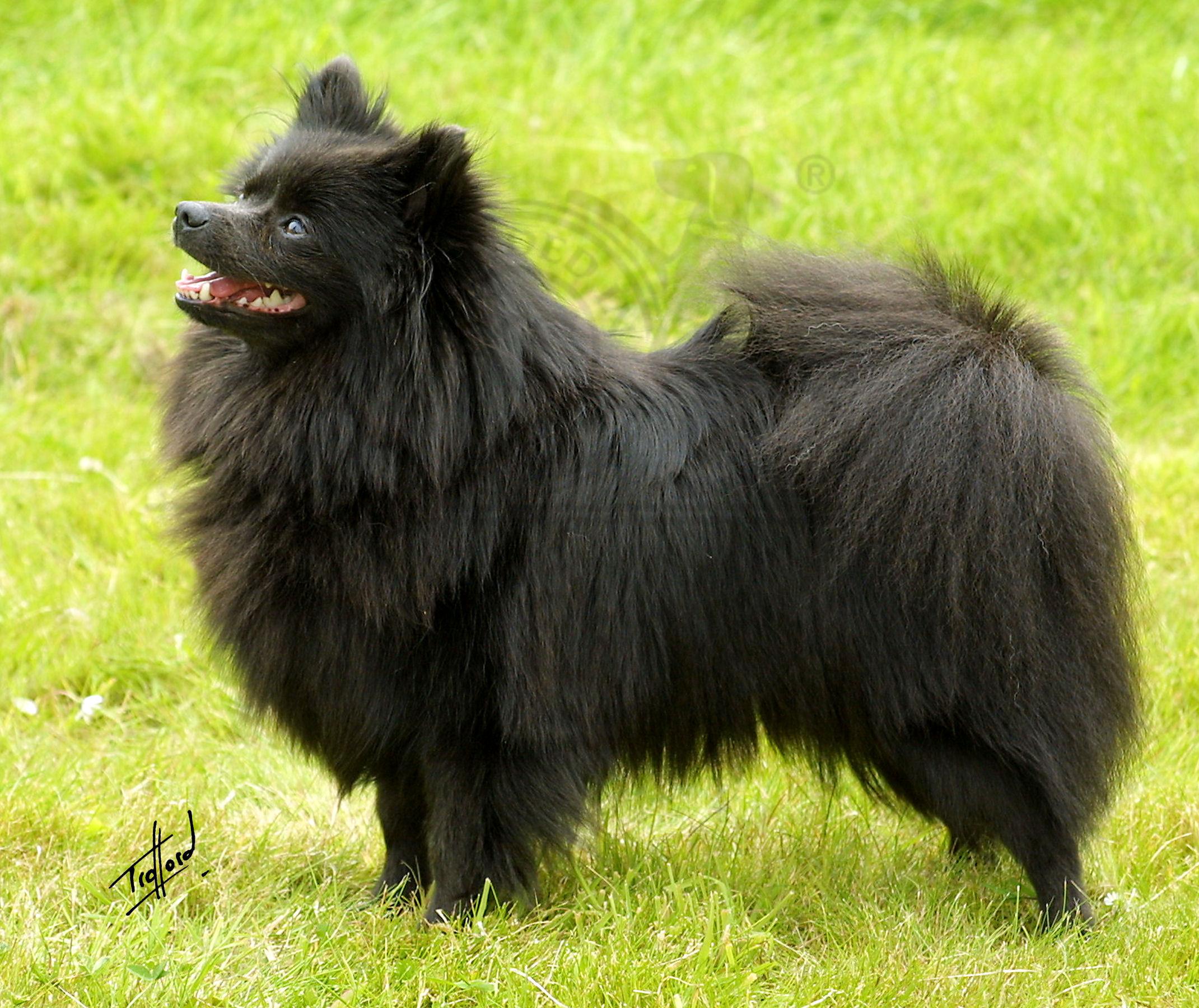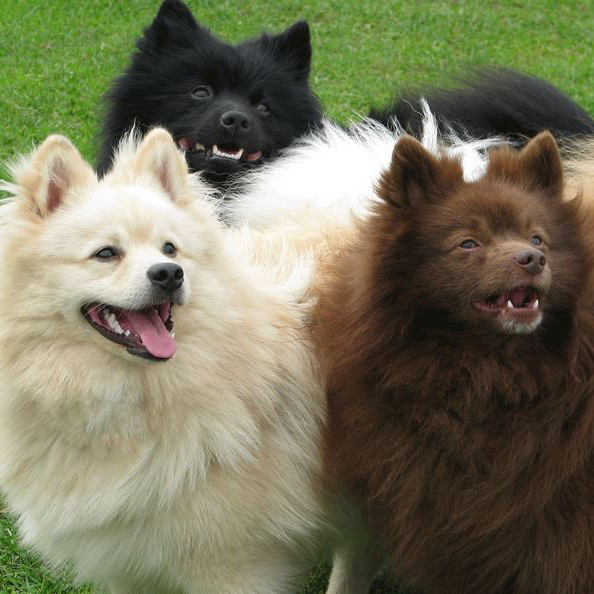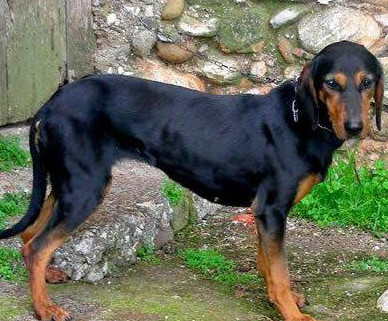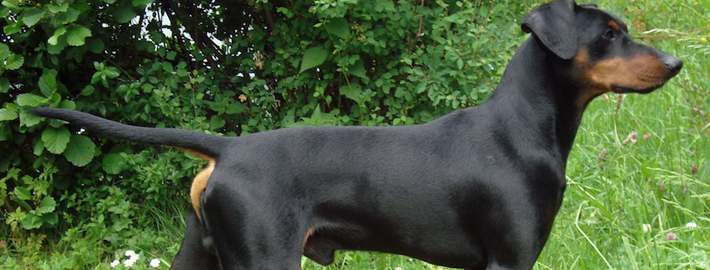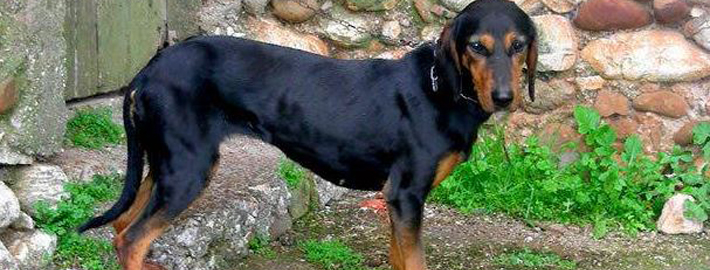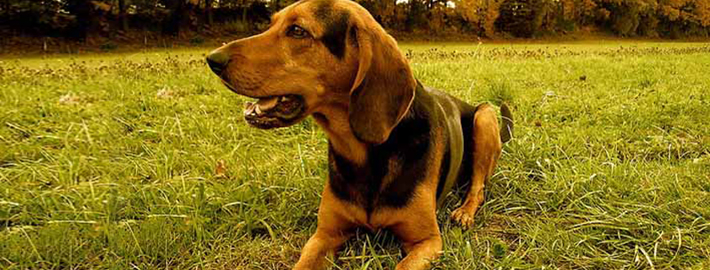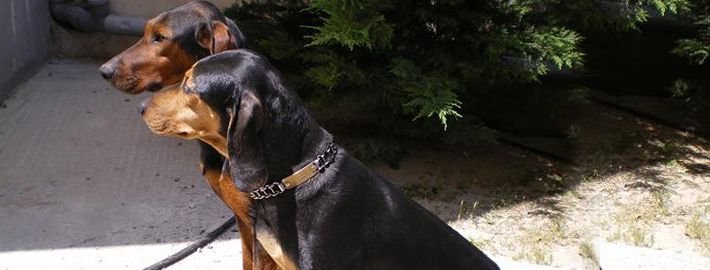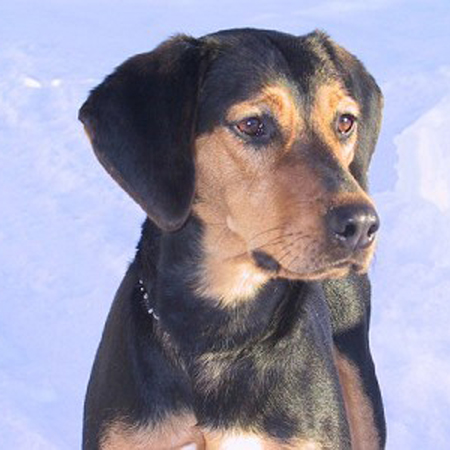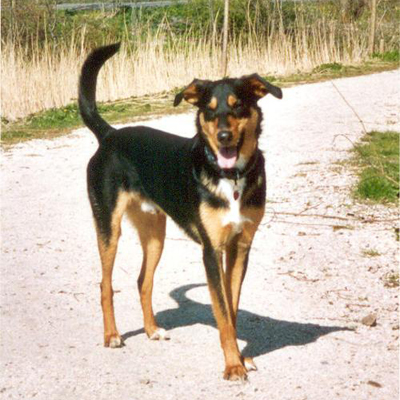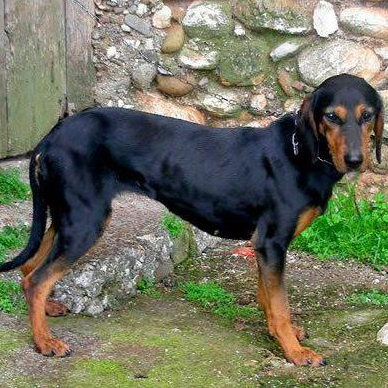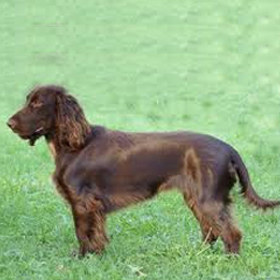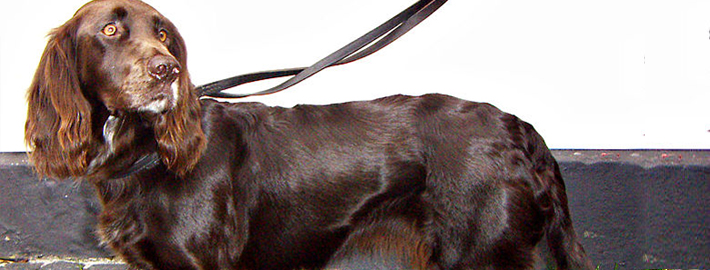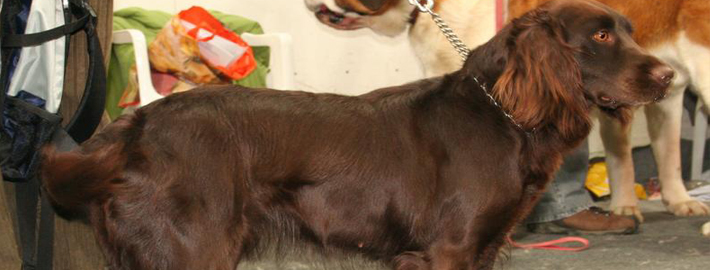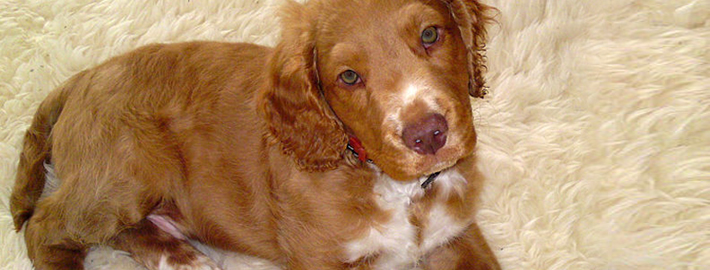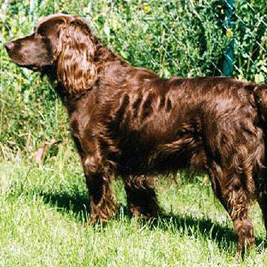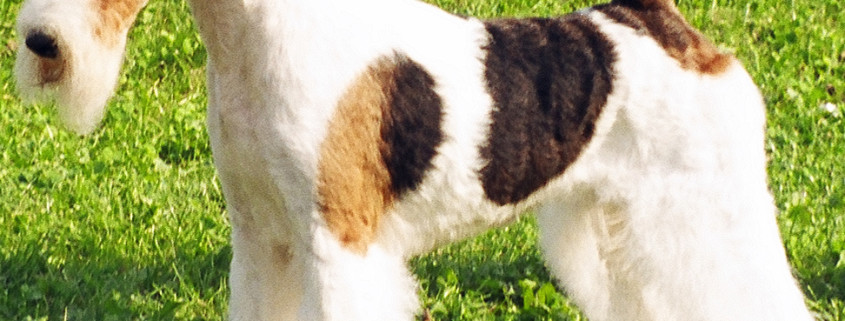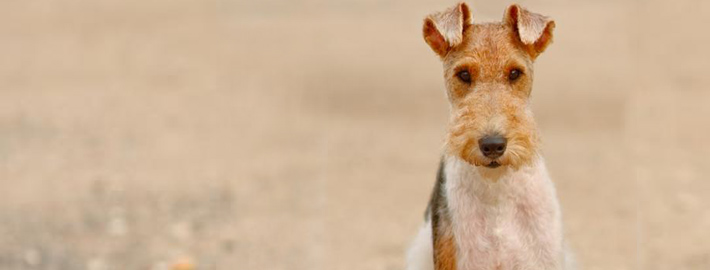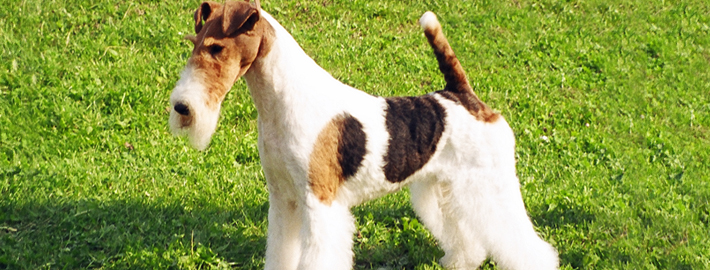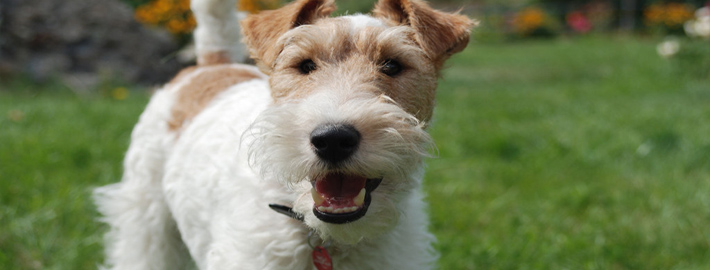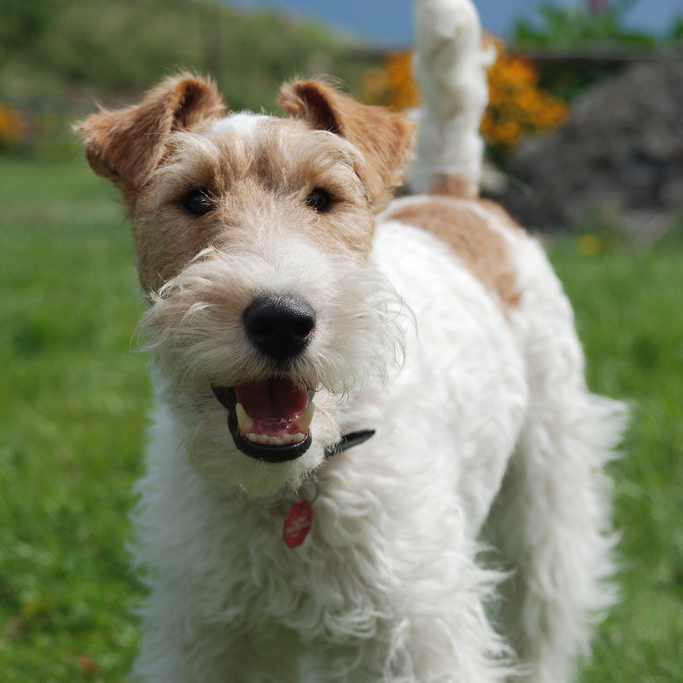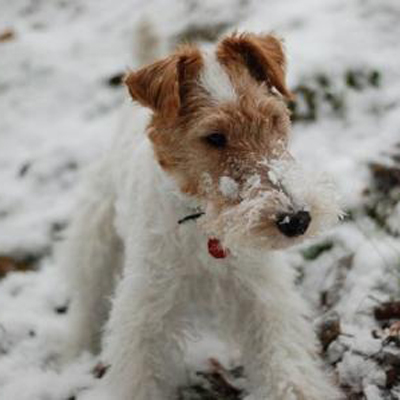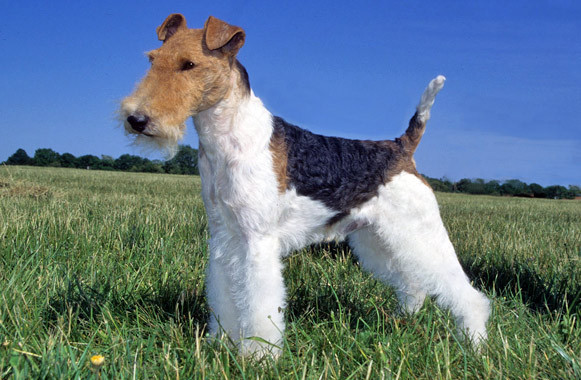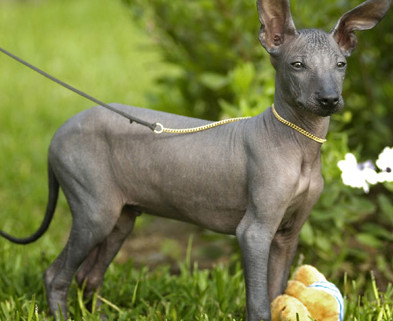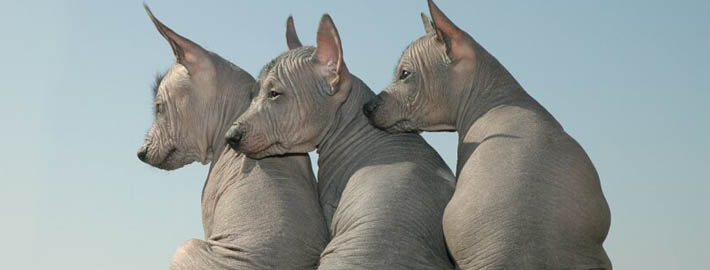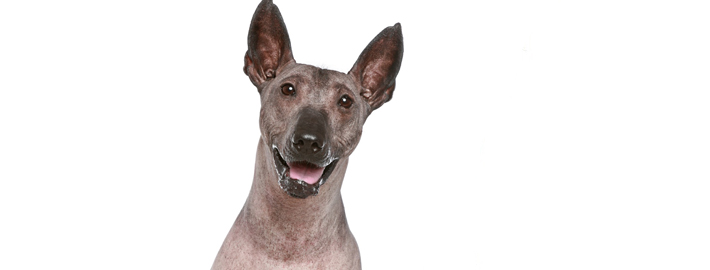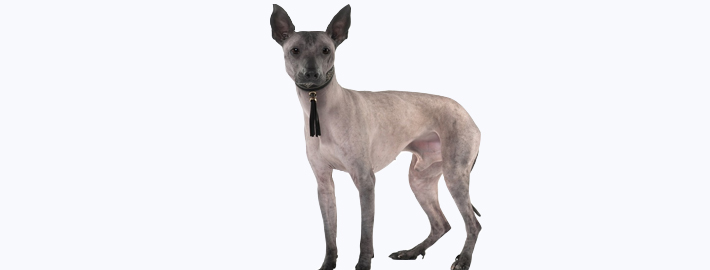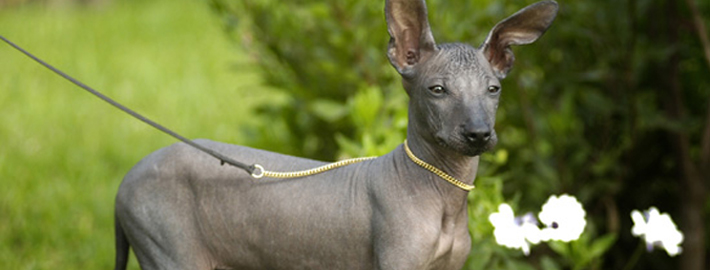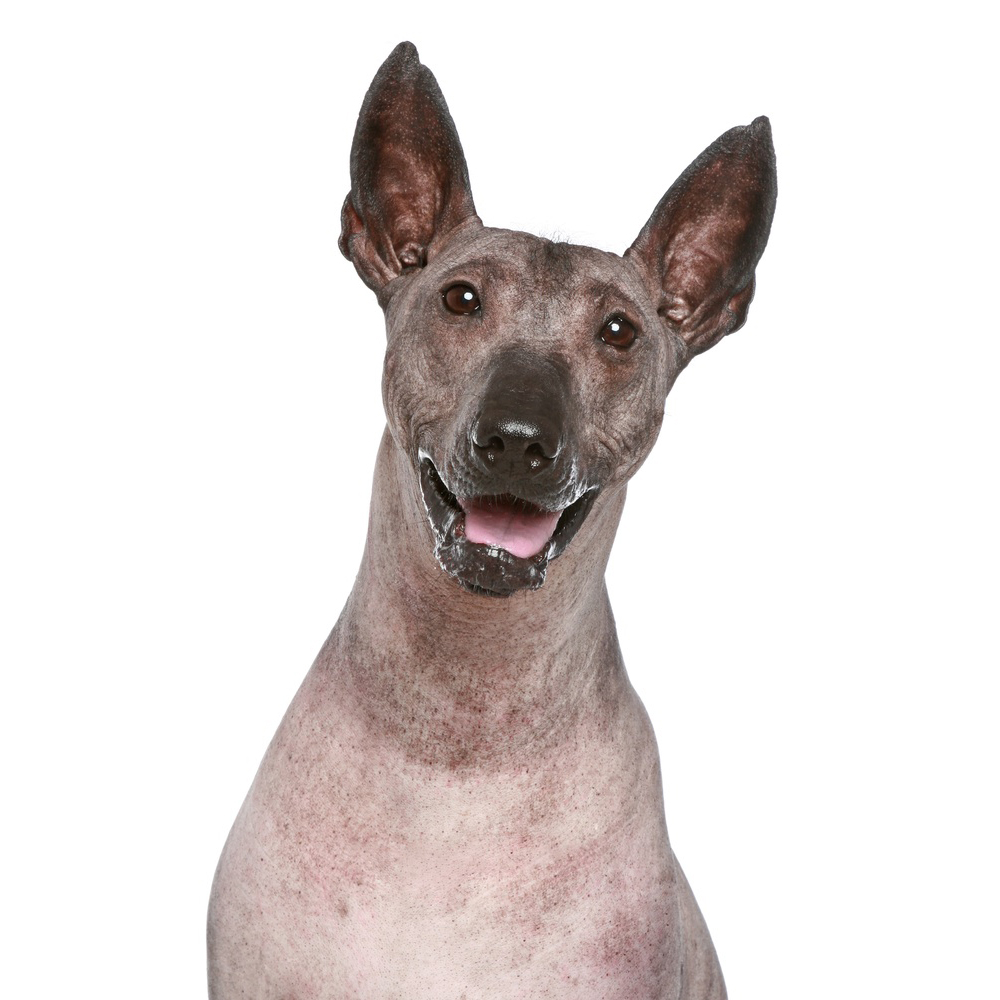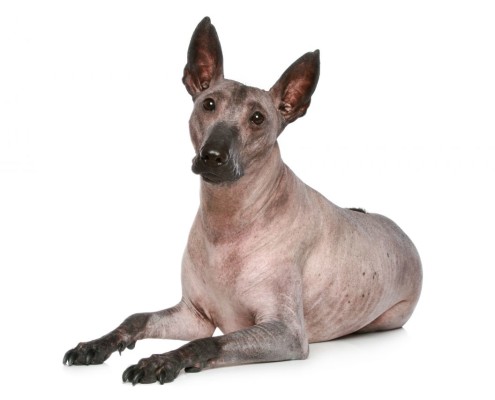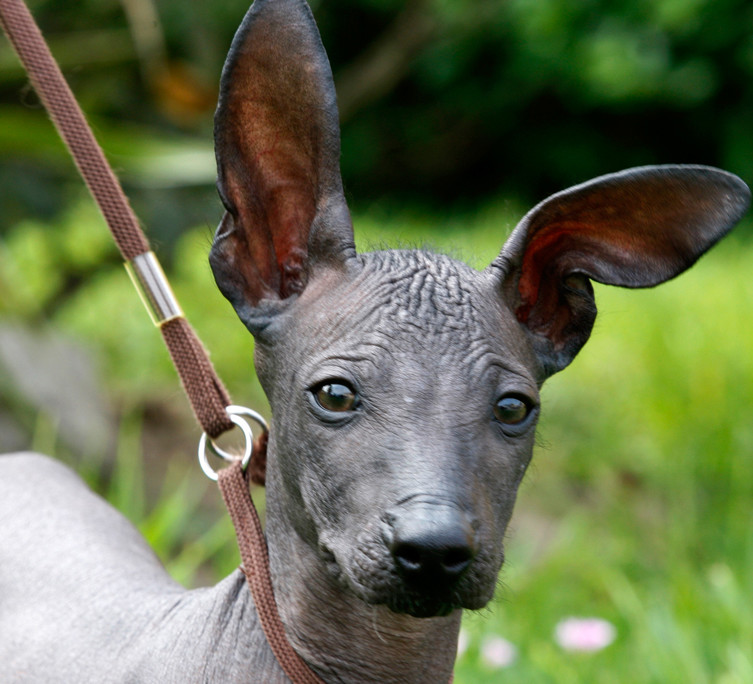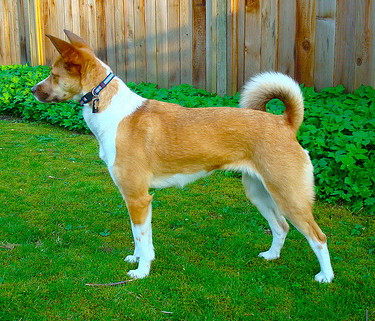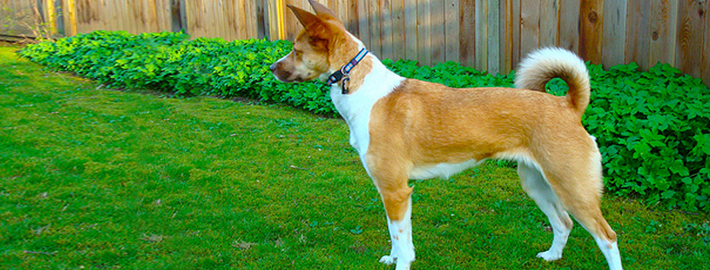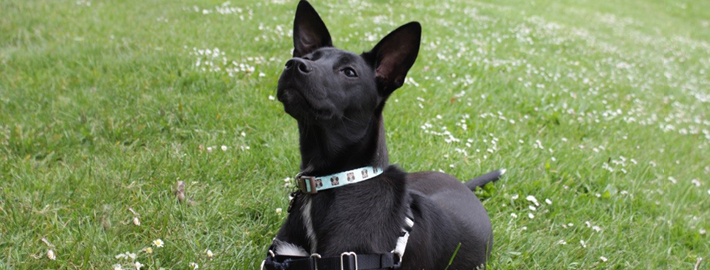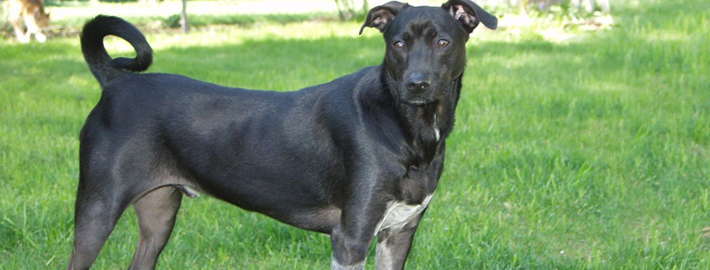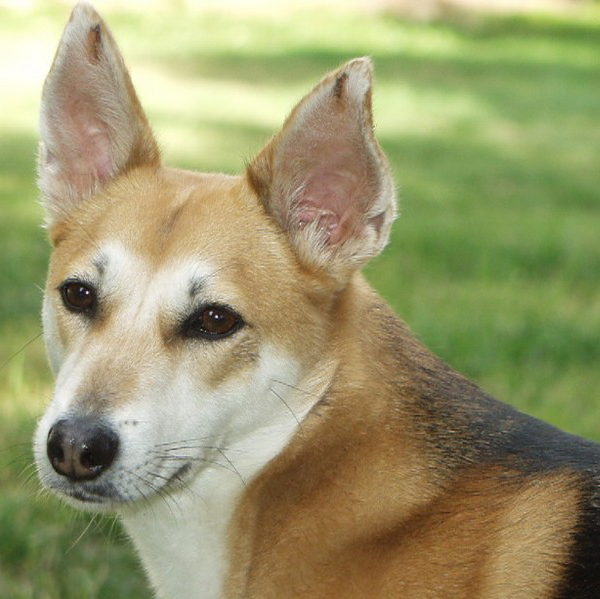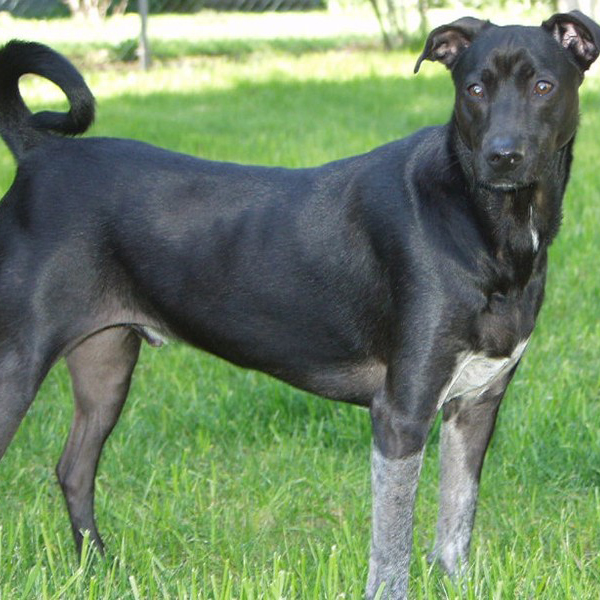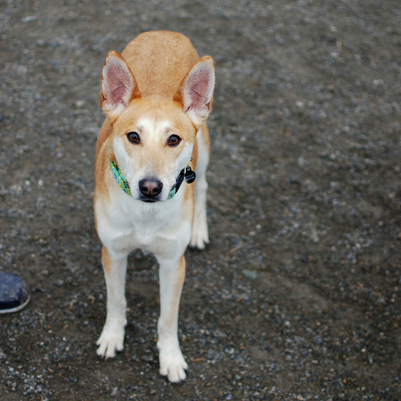Huntaway
Huntaway – The Barking Worker
What makes the Huntaway Unique?
Huntaways are big, strongly-built dogs used for everything – heading, hunting, forcing sheep into pens and backing, as well as working them in yards and woolsheds. All huntaways are bred to bark, and are selected for a loud, deep bark rather than yapping. Their size and shape varies widely. Coats may be long and shaggy or smooth-haired, and are usually black and tan.
Page Contents
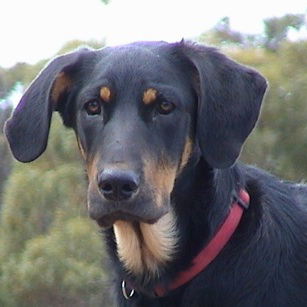
Is the Huntaway Right For You?
They are intelligent, friendly, very energetic, active dogs that require a lot of exercise. They have been bred to muster in the hills and mountains of New Zealand where it is difficult to walk or ride, so worded commands and whistles are used to communicate commands to these dogs when they are at a distance. They are well known for being a noisy dog, especially when working.
In 5 Words
- Trainable
- Energetic
- Friendly
- Active
- Intelligent
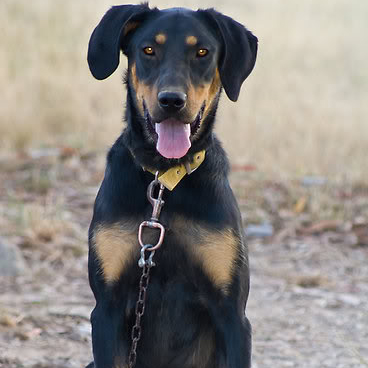
Characteristics
Learn About the Huntaway
Short History of the Huntaway
The New Zealand Huntaway was first bred around the early 1900’s to work in New Zealand’s specific sheep farming terrain and climate. As NZ’s sheep population grew and the size of individual flocks increased, farmers soon realised that traditional working dogs like Border Collies were less able to cope with the mild, moist climate and the size of the farms. With the shepherd often far behind the dog, the silent working method of the collie made it difficult for the shepherd to manage the flock and keep track of the dog so they looked for a dog with a short haired coat, greater stamina and the ability to bark to control the flock. Other breeds were introduced to the collies and the desired traits in the offspring were bred on to produce the resulting Huntaway breed type. The NZ Huntaway is possibly the result of selective breeding between the Border Collie, Bearded Collie, Labrador, Rottweiler, Harrier, Gordon Setter and Smithfield Collie although the exact origins are unknown. The New Zealand Huntaway is first and foremost a working breed, selected solely for its ability to tirelessly work stock day in and day out. The only consideration when breeding should be as to their working ability and physical soundness. There should be no deviation from this when breeding.
Temperament
The New Zealand Huntaway is a very unique sheep-herding dog, in that it uses its voice to drive the sheep. The dog leans to gather the herd and follows behind it. Special events were developed for these dogs at sheep-herding trials. The events were referred to as “huntaways,” and eventually gave the dog its name. Usually good with children and fairly easy to obedience train, the New Zealand Huntaway is an intelligent dog. They are usually good with non-canine pets. The New Zealand Huntaway is friendly with strangers. They are not guard dogs and some are not good watchdogs. Because they were bred as a barking-herding dog, they need to be trained when to bark and when not to bark. These dogs are very intelligent, so this is not difficult to do. One owner says, “They actually only bark when they are being worked. They have been trained to keep quiet and to save their voice for working. So this trait can be trained out of them. My husband has even come up with separate commands to send his dog on outruns with either voice or no voice. They aren’t just intelligent; they are extremely intelligent.” New Zealand Huntaways need an owner who is calm, confident and consistent, making the rules clear and sticking to them. This dog should not be permitted to bark at you when he wants something, as this is allowing the dog to engage in a dominant behaviors.
Caring for Your Huntaway
Grooming & Bathing
Comb and brush regularly with a firm bristle brush. Bathe or dry shampoo only when necessary. These dogs are average shedders.
Exercise & Training
They are required to have great intelligence, agility and stamina for days of working on steep, rough country over large distances, driving very large mobs of sheep.

